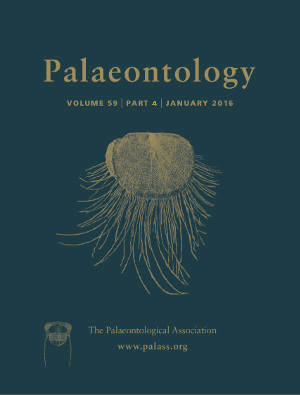Reg. Charity No. 1168330

Many animals and plants that colonize hard surfaces in the sea are sessile and either bore into, or cement themselves permanently to the substrate surface. Because they retain their life positions after fossilization, these sclerobionts offer scope for studying biotic interactions in the fossil record. Encrusting sclerobionts compete actively for living space, with dominant competitors overgrowing the edges of subordinates. In addition to such marginal overgrowths, spatial competition may also occur through fouling in which larvae recruit directly onto the living surfaces of established sclerobionts. Spatial competition has been studied extensively in modern marine communities but there has been little research on competition between encrusters in ancient communities. This reflects poor knowledge of the taxonomy of the sclerobionts involved, as well as problems in distinguishing between overgrowth in vivo and post‐mortem. Nevertheless, if carefully interpreted, the fossil record of sclerobionts can provide an as yet largely unexploited resource for studying the long‐term ecological and evolutionary dynamics of competition.